Michael Hauge on Conflict

 Michael Hauge is a screenplay consultant, lecturer and acclaimed author of Writing Screenplays That Sell. His ideas about what makes a good screenplay have captured the interest of romance writers making him a very popular speaker at RWA and its chapters. I attended a Hauge workshop last fall and loved what he said. This little blog not going to substitute for attending a workshop, reading his book or purchasing a CD or DVD. See his website for details on ordering and his speaking schedule.
Michael Hauge is a screenplay consultant, lecturer and acclaimed author of Writing Screenplays That Sell. His ideas about what makes a good screenplay have captured the interest of romance writers making him a very popular speaker at RWA and its chapters. I attended a Hauge workshop last fall and loved what he said. This little blog not going to substitute for attending a workshop, reading his book or purchasing a CD or DVD. See his website for details on ordering and his speaking schedule.My two previous blogs on Hauge:
Michael Hauges’s Concepts of Identity and Essence
Michael Hauge on Plotting
Now for Hauge’s ideas about Conflict.
Hauge says that all screenplays (and stories) have Character, Desire, and Conflict. Stories are about “a character pursuing a visible desire facing visible conflict.” As the main character, the “hero,” pursues his (or her) goal, obstacles are thrown in his path. The obstacles are the external conflict of the story, and the pursuit of the goal is the “Outer Journey.”
In the most satisfying stories the hero also has an “Inner Journey,” a journey Hauge would say takes him from his “Identity” into his “Essence.”
Hauge says a character’s Identity is the system of beliefs and behavior he has developed to shield him from pain, the unhealed pain of an early wound. Identity is who he thinks he must be. The hero’s Essence is who he really is; who he needs to become, his “true self.” (see my earlier blog for more explanation).
Here, then, is the hero’s internal conflict. He cannot become his true self, cannot come into his Essence, unless he faces the pain that blocks his path.
Hauge recommends making the external goal something big and important to the hero, but making it one that he cannot achieve unless he faces that early pain and comes into his Essence. Even if the hero's goal changes in the story, at the end the hero gets what he really needs in order to be his true self.
In Hauge’s view, a good love story is one in which the lovers “see beneath the other’s identity and connect at the level of essence.” This is the glue that keeps them connected to each other. In your story, then, you have to show glimpses of each character’s Essence, to show why they are meant for each other. The two lovers also need to put each other in the situation of facing the pain that blocks them from achieving their Essence.
Let’s see if this works.
 Take Darcy from Pride & Prejudice (Darcy of Janet’s wet shirt last week!). Darcy’s goal in the story is to prevent his friend Bingley from marriage to a woman Darcy believes is unsuitable; we can infer that Darcy himself desires to avoid an unsuitable marriage. Darcy, the “Pride” in P&P, is wary of those whose status is beneath his own. Being proud and rather snobby at the beginning of the book is Darcy’s “Identity;” it is who he thinks he needs to be in order to avoid pain.
Take Darcy from Pride & Prejudice (Darcy of Janet’s wet shirt last week!). Darcy’s goal in the story is to prevent his friend Bingley from marriage to a woman Darcy believes is unsuitable; we can infer that Darcy himself desires to avoid an unsuitable marriage. Darcy, the “Pride” in P&P, is wary of those whose status is beneath his own. Being proud and rather snobby at the beginning of the book is Darcy’s “Identity;” it is who he thinks he needs to be in order to avoid pain.What does Darcy fear? What is the source of his pain? Well, his sister was almost the victim of gold-digging Wickham, so perhaps Darcy fears people professing to care about him only because he is rich. Mrs. Bennett makes Darcy believe she is out to snare wealthy husbands for her daughters, but Lizzie shows him she is bright, witty, caring, loyal, unintimidated by him or Lady Catherine de Bourg, and not interested in currying his favor. He falls in love with her, which is a big obstacle in his effort not to make an unsuitable marriage.
Another obstacle is that she refuses him! (Remember Darcy’s proposal? It is the battle between his identity and his essence, played out right in front of Lizzie)
Lizzie’s identity, of judging people too quickly (Prejudice) prevents her from seeing Darcy’s worthiness, until he shows her glimpses of his essence in his letter and in his behavior toward her at Pemberley.
Then, big external conflict, Lydia runs away with Wickham. This time, however, Darcy uses his wealth and status to help Lizzie. He has changed into his Essence. Lizzie alone knows it, and, of course, the end result is a very satisfying marriage.
Hauge’s formula works!
Can you see using Hauge’s concepts of Identity and Essence to help you develop your character’s conflicts? In other words, does any of this make sense to you?

 Remember to check Michael Hauge’s website to learn more about his products and appearances. While you are at it, check my website, too. It will tell you how to find my eHarlequin short story, The Diamond, how to get a copy of The Vanishing Viscountess for free, and how to enter my new contest. The prizes? A signed Nora Roberts book and a copy of Innocence and Impropriety.
Remember to check Michael Hauge’s website to learn more about his products and appearances. While you are at it, check my website, too. It will tell you how to find my eHarlequin short story, The Diamond, how to get a copy of The Vanishing Viscountess for free, and how to enter my new contest. The prizes? A signed Nora Roberts book and a copy of Innocence and Impropriety.Labels: Conflict, Diane Gaston, Michael Hauge

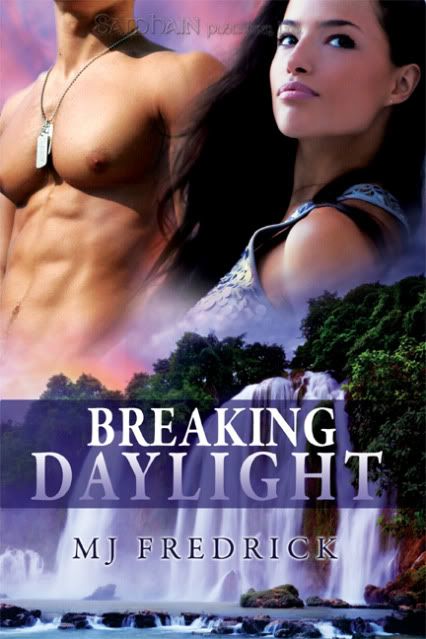
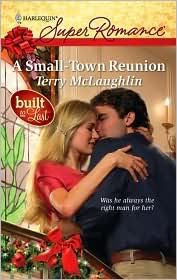
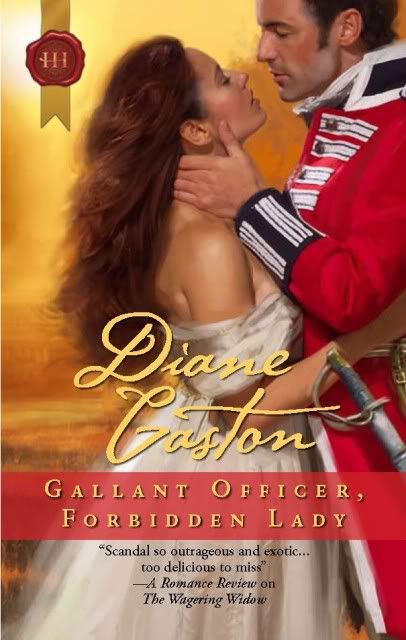
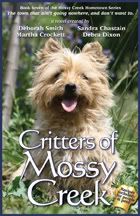


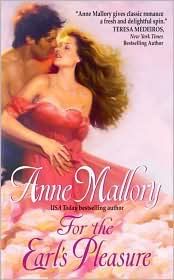

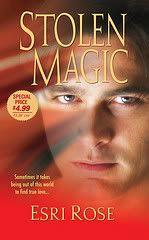
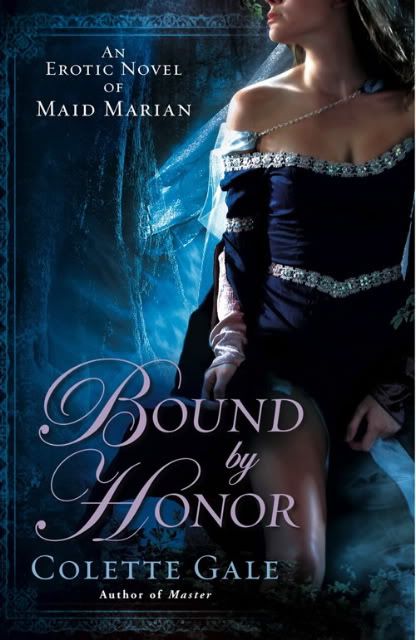
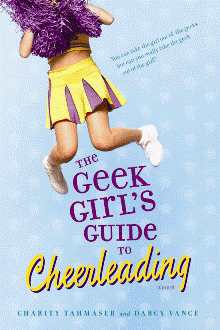
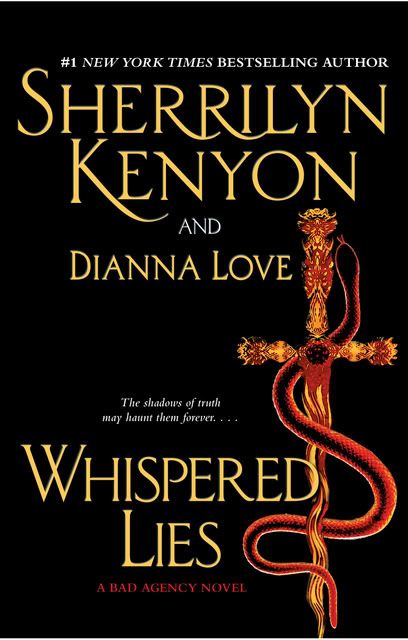
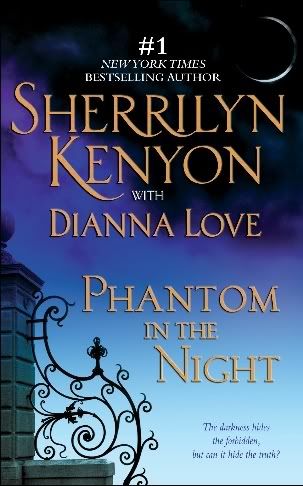
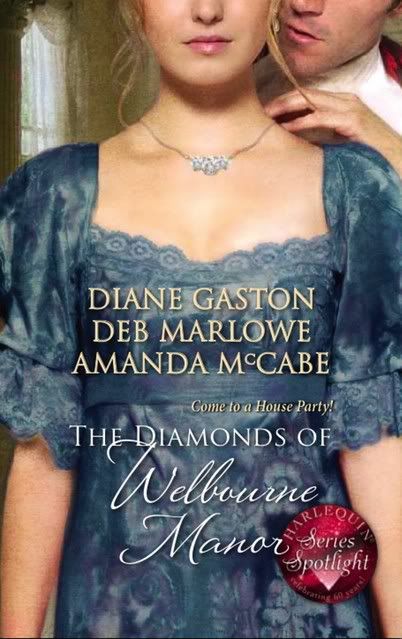



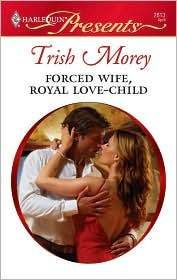
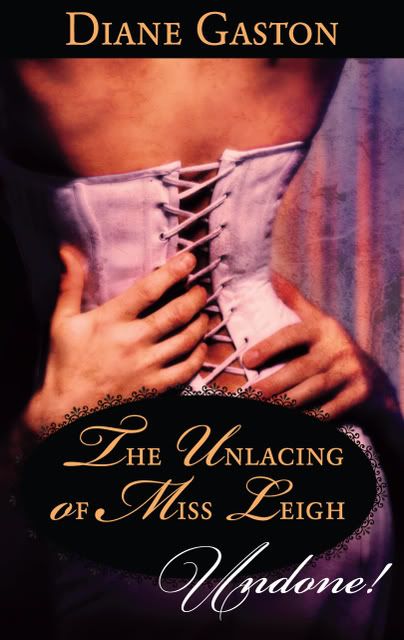
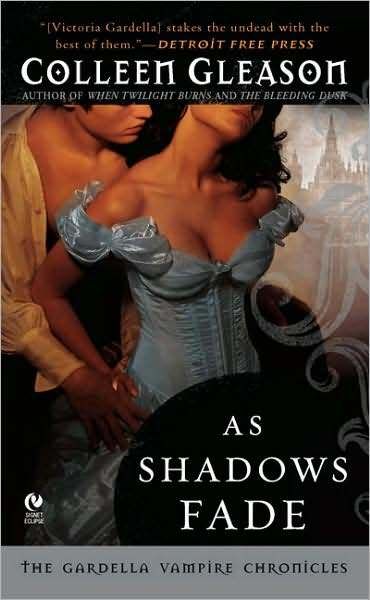
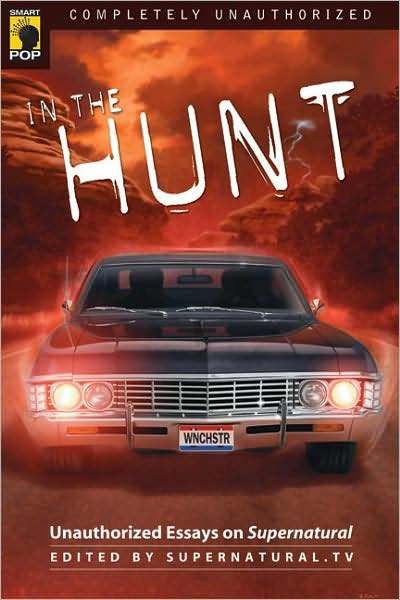


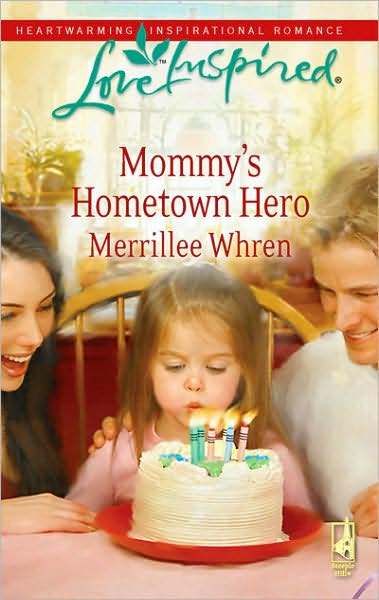
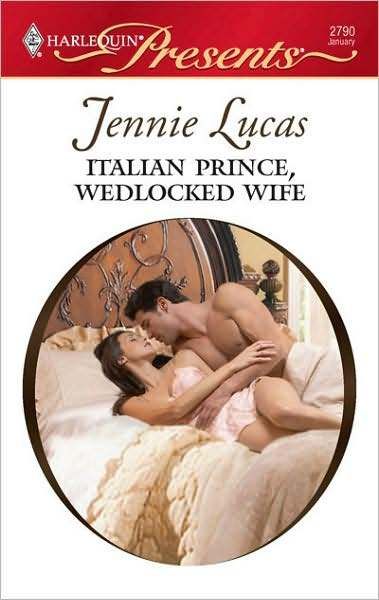
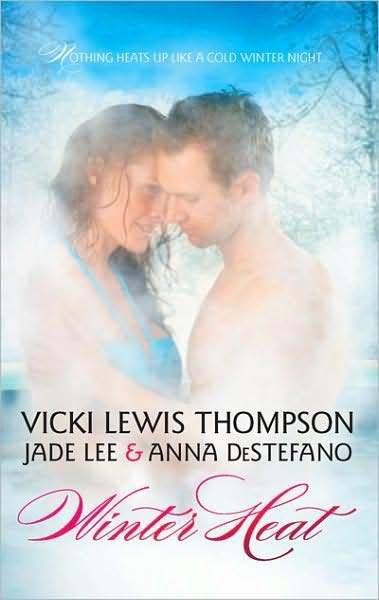
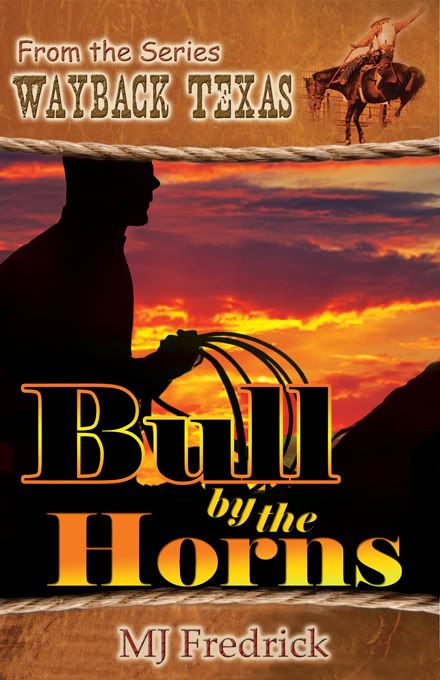
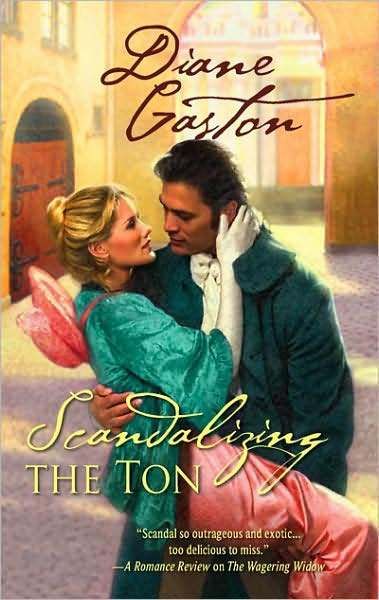
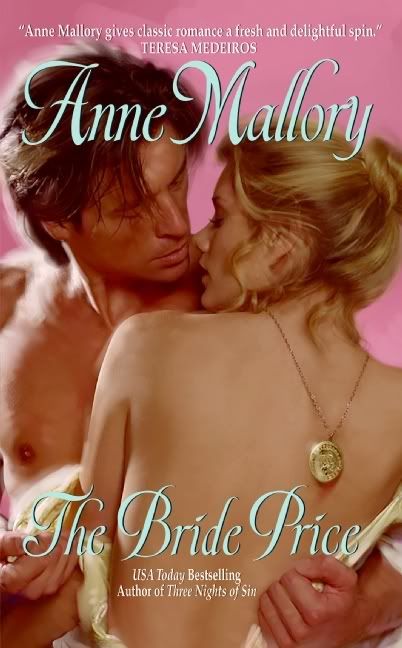
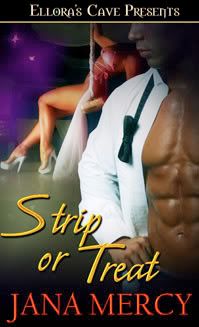
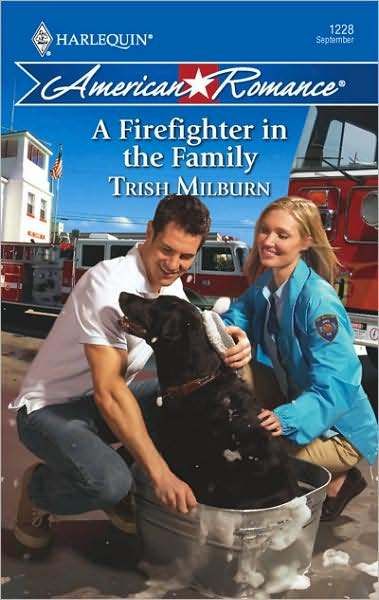
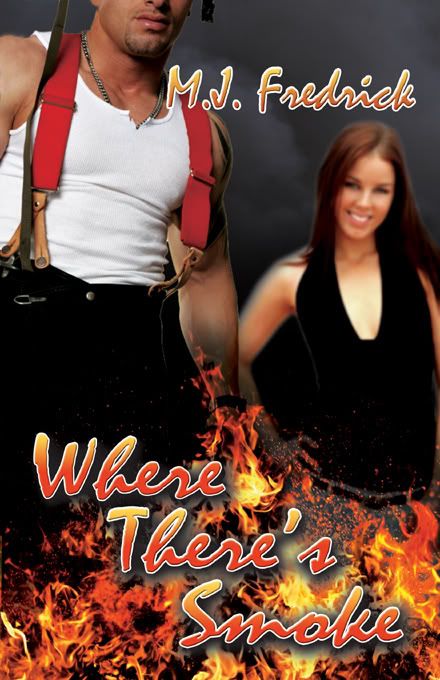
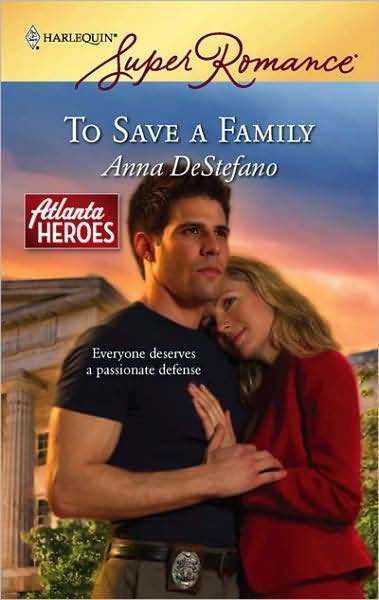
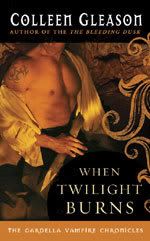

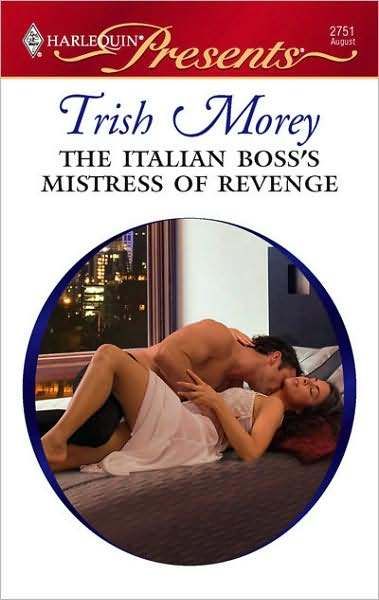
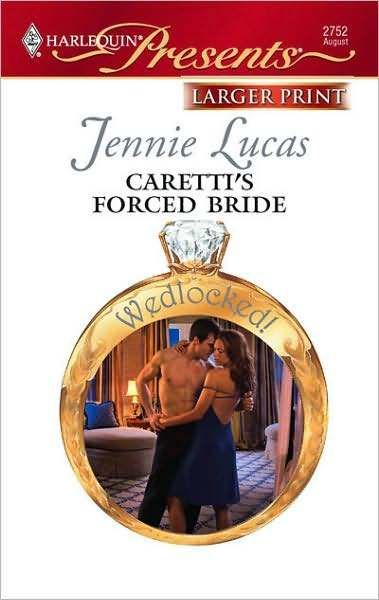


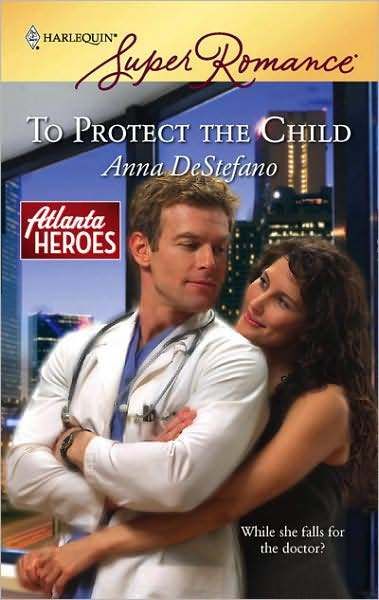

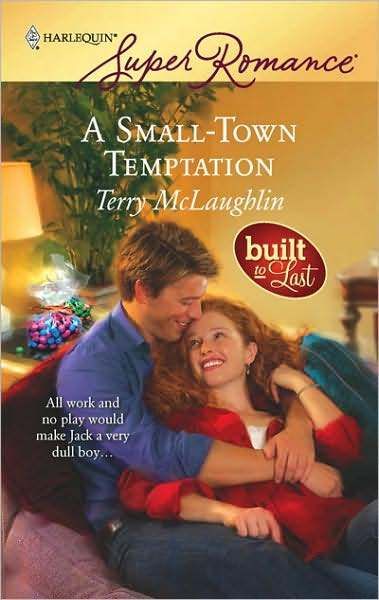

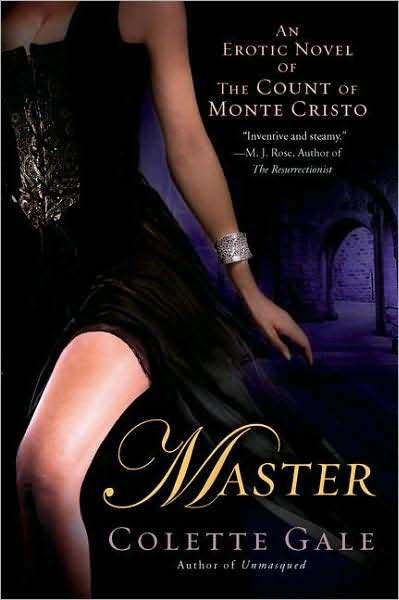
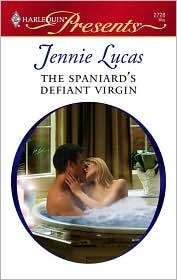

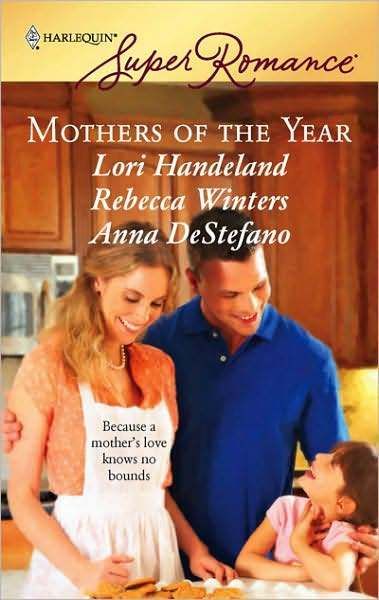

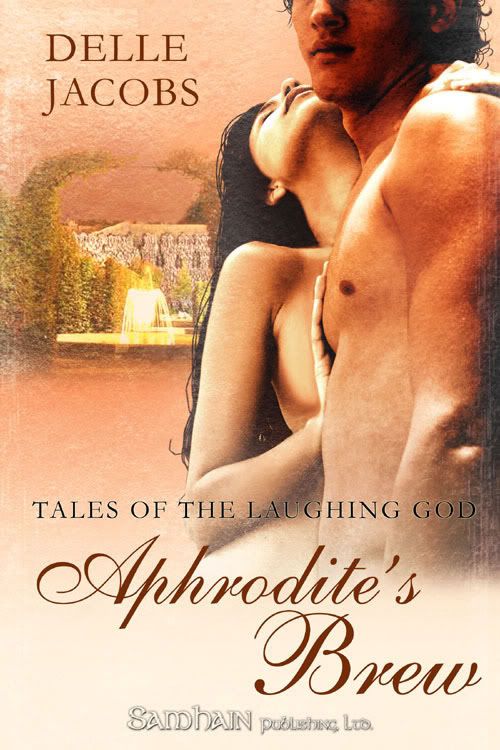
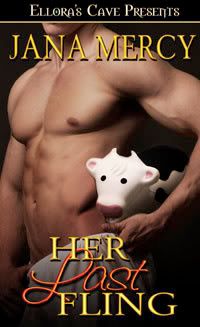
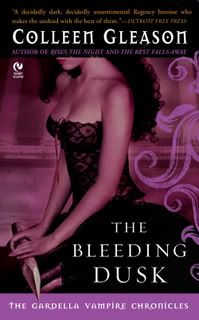
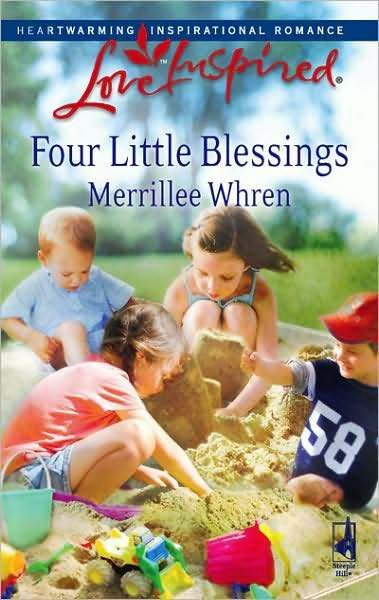
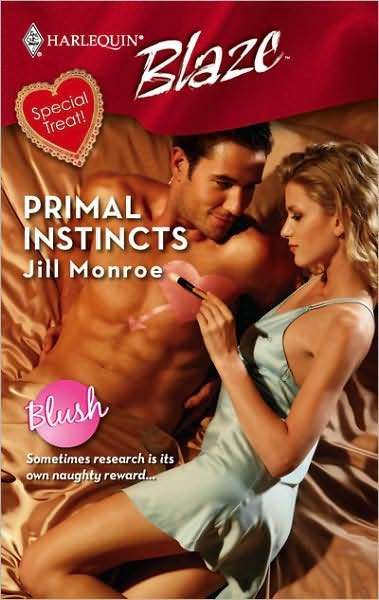
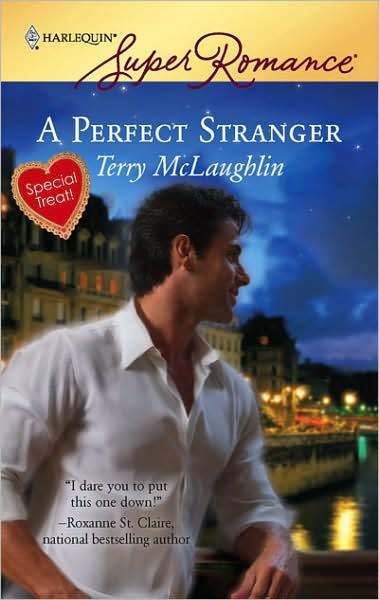


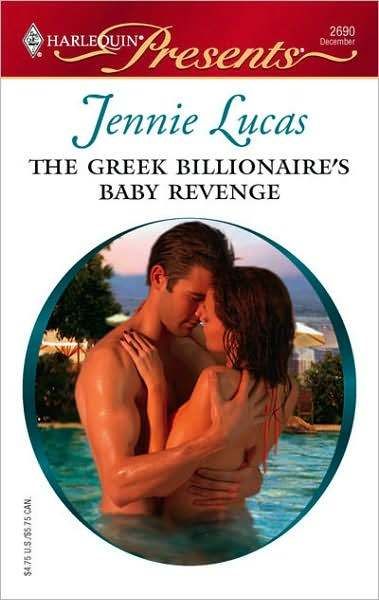
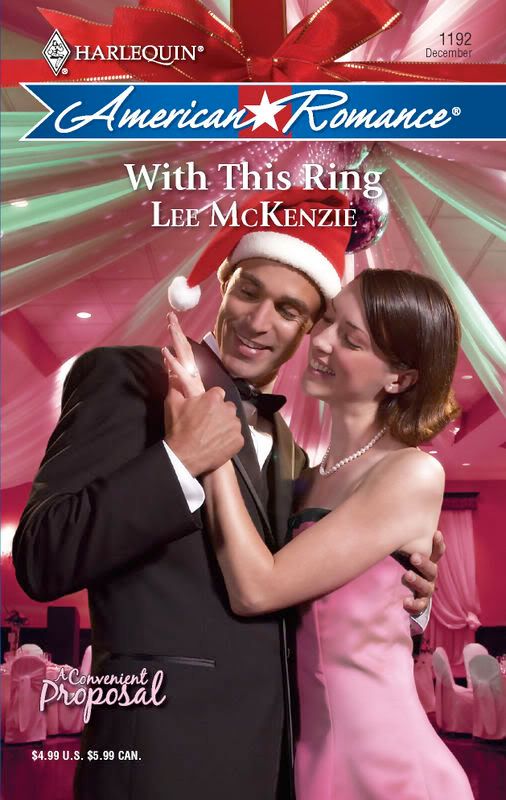

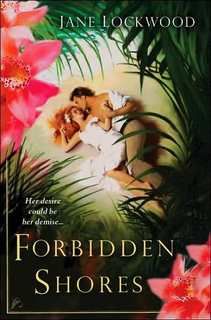
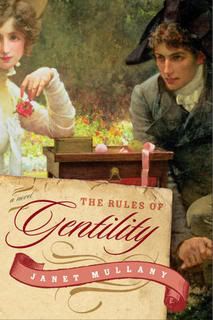
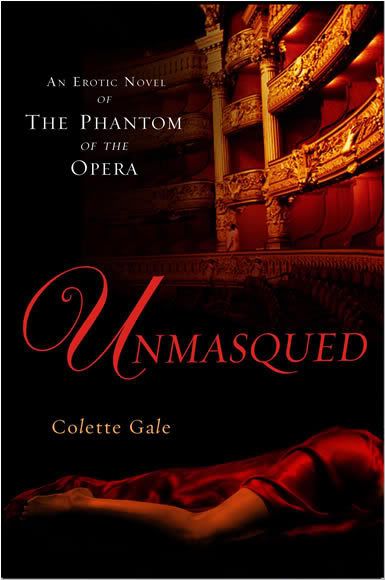
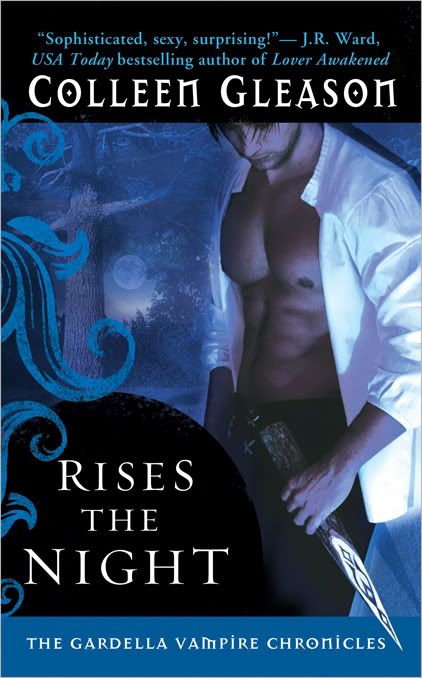
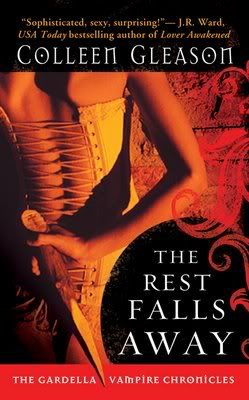
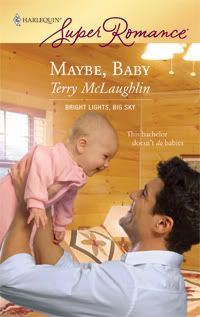
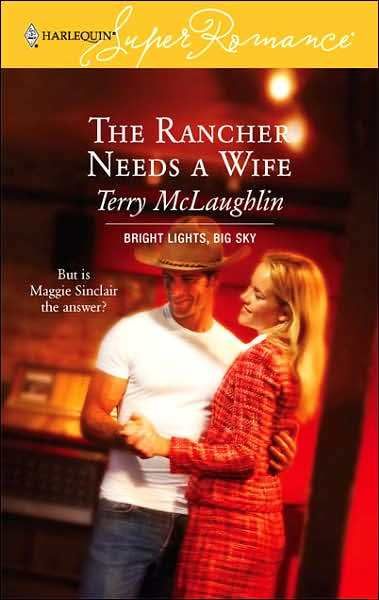
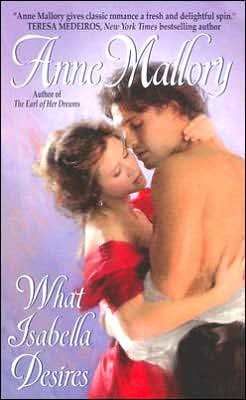
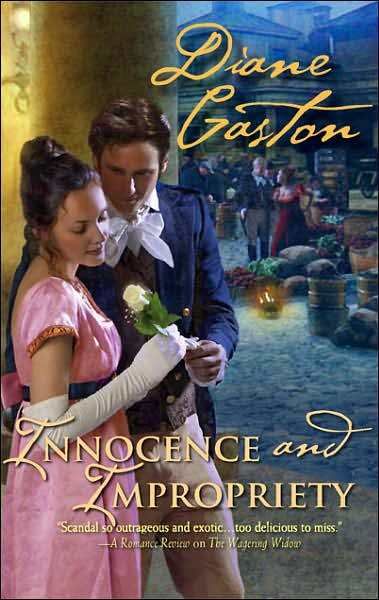

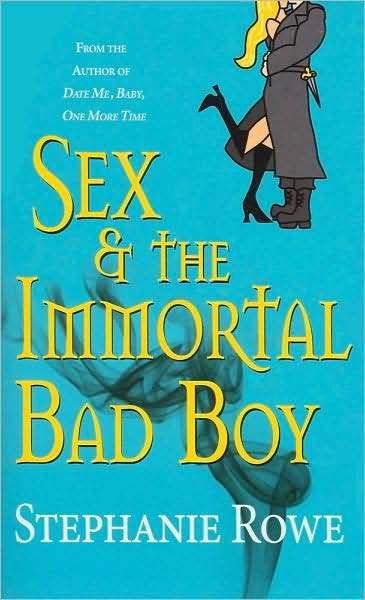
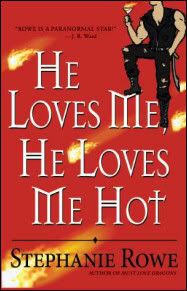

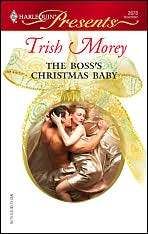
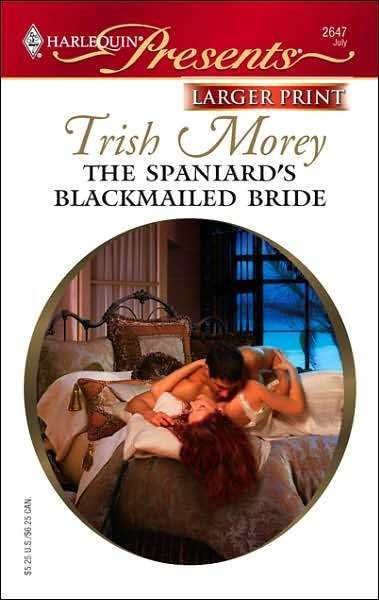
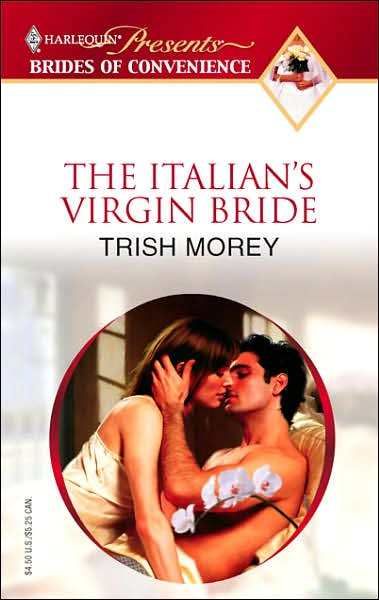
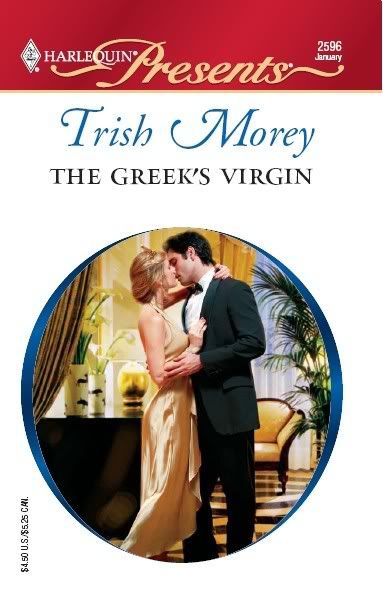

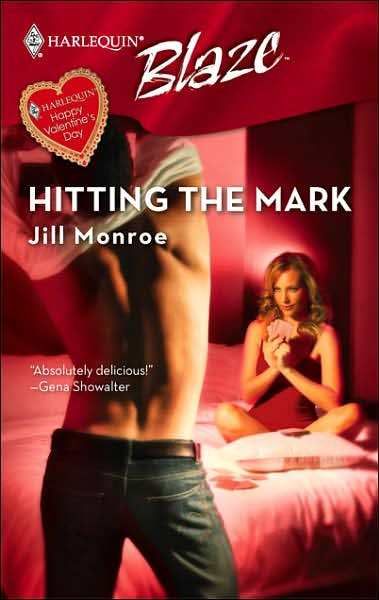
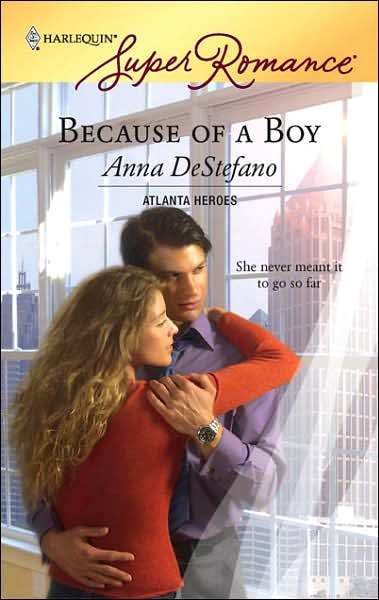
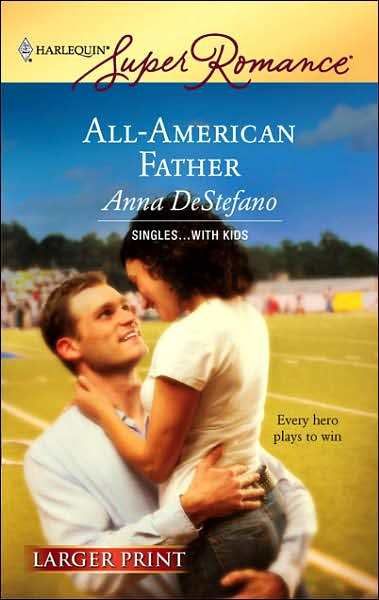

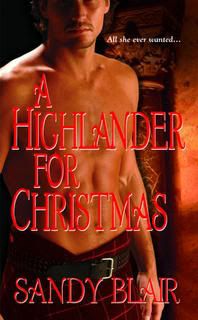
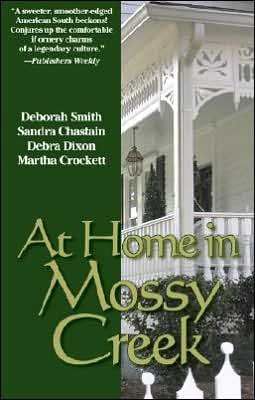
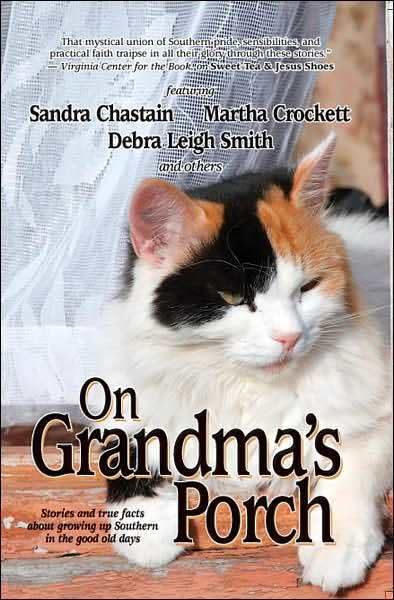
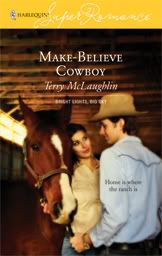

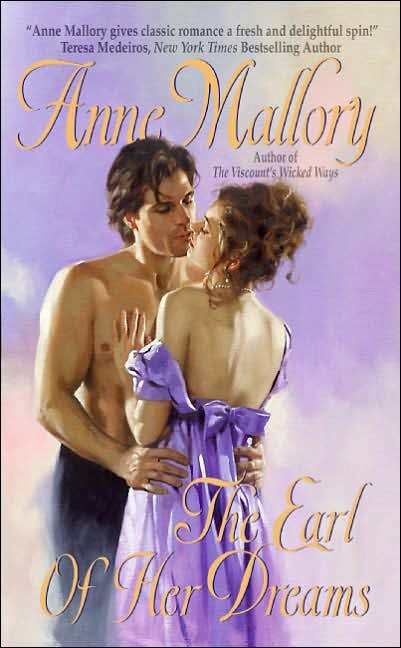
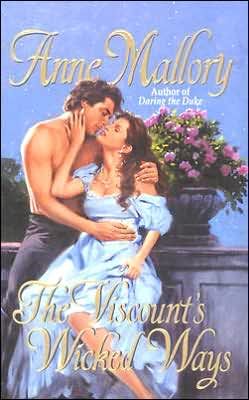

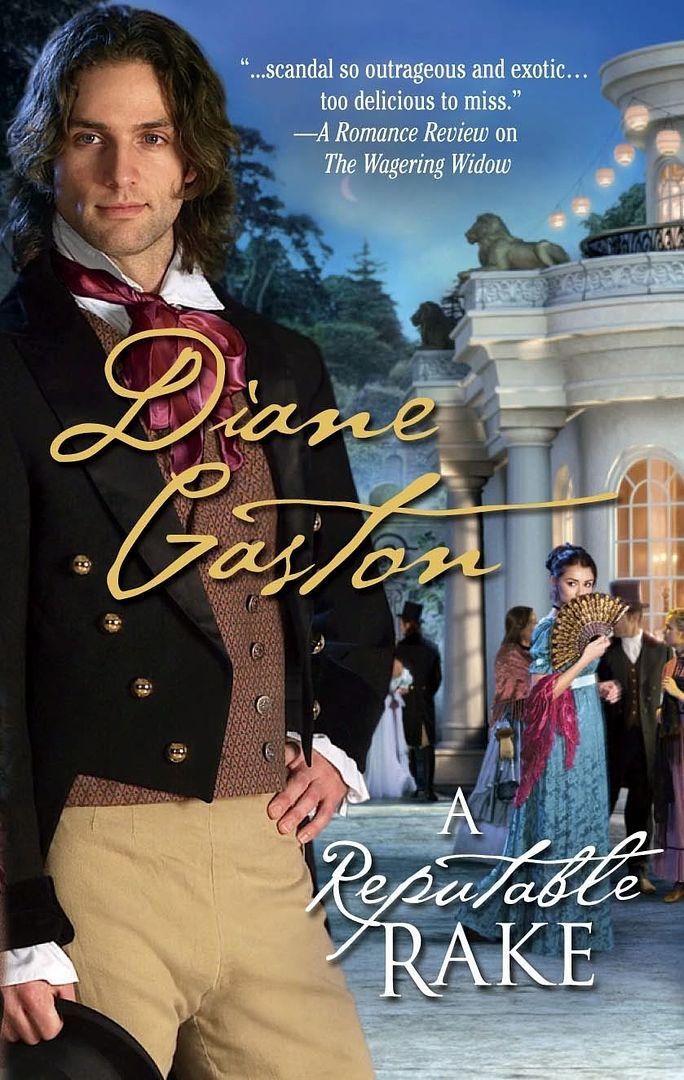
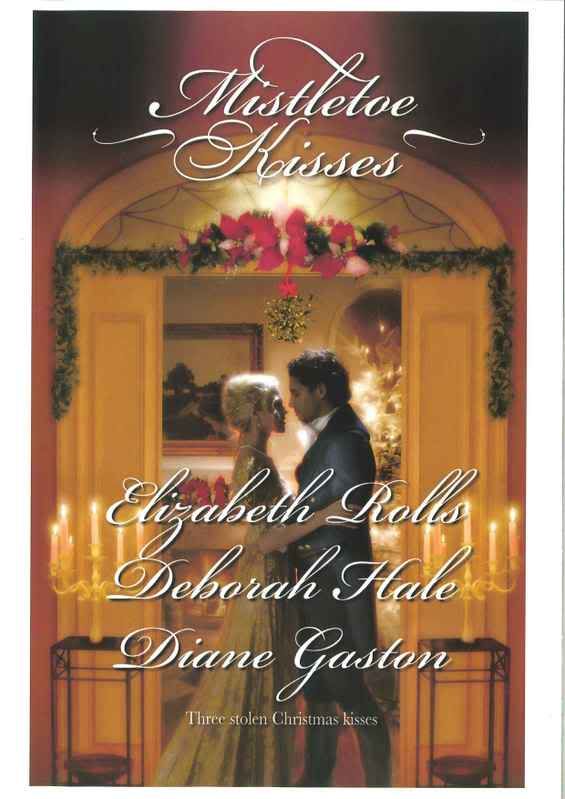
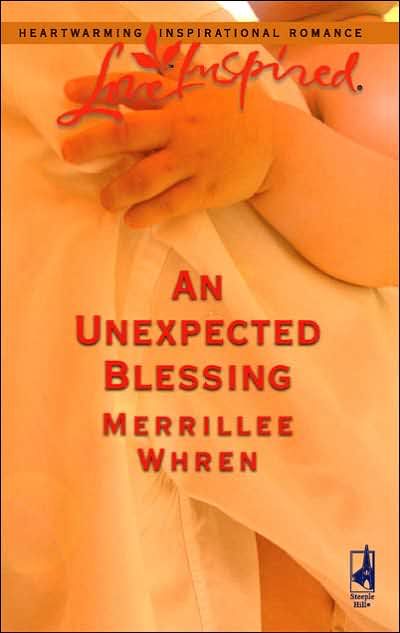
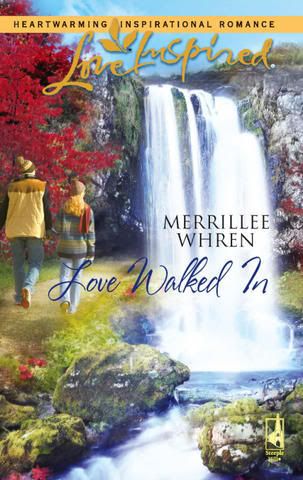
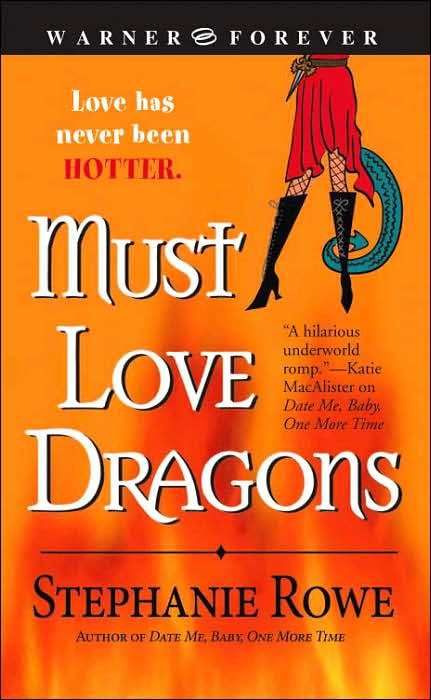
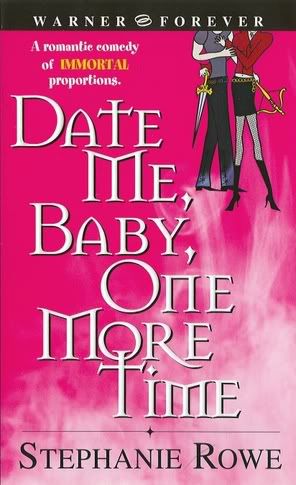
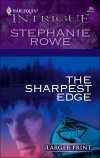
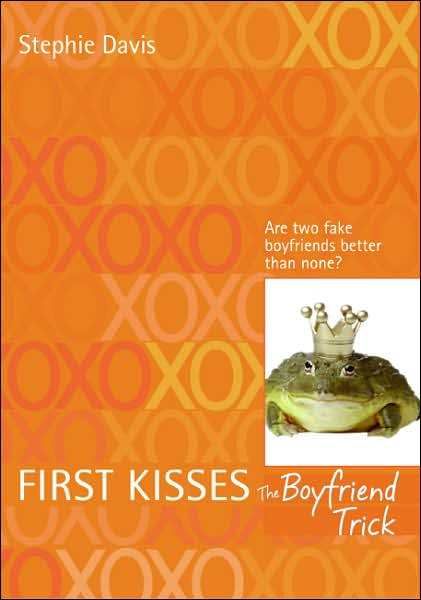
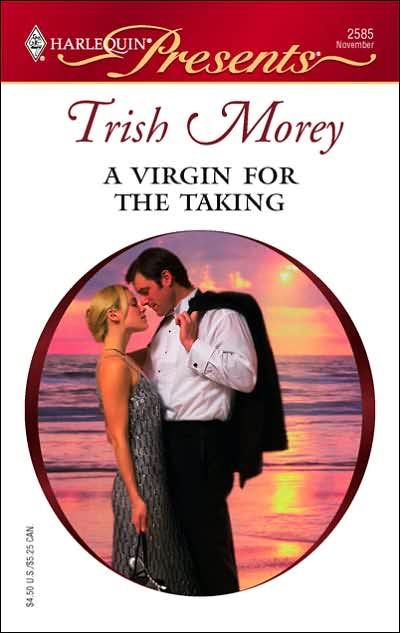
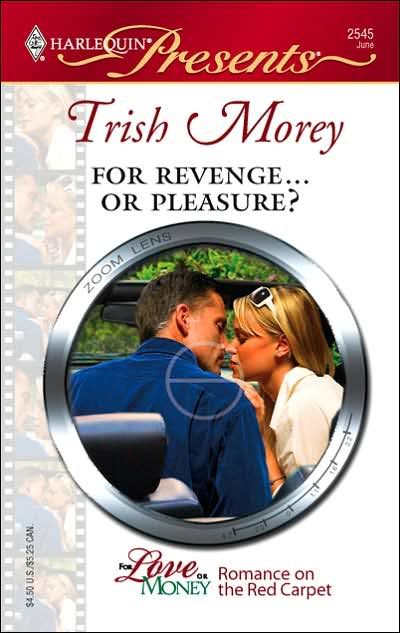
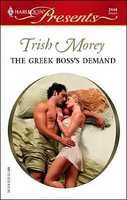
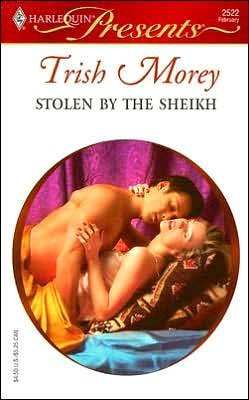
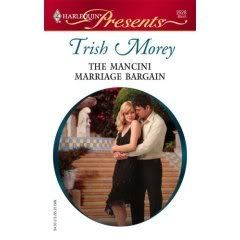

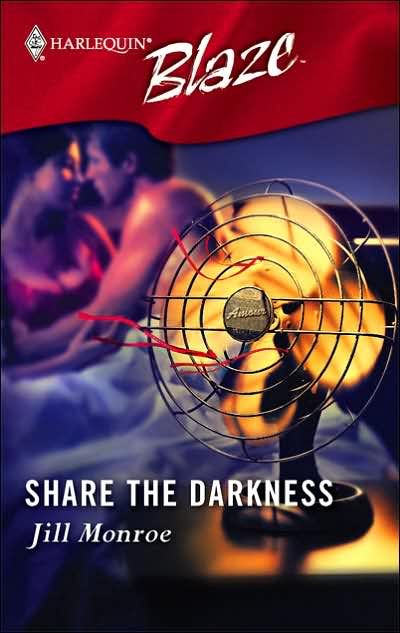
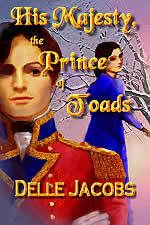
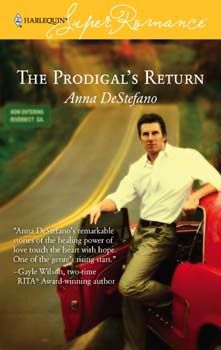

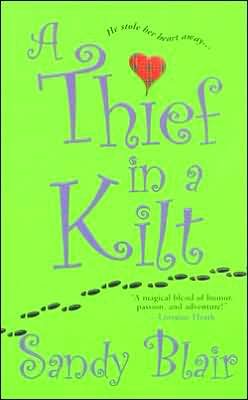
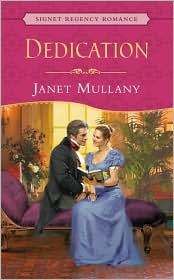
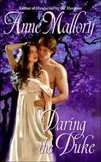
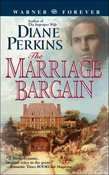
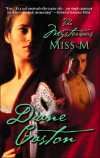

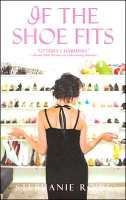

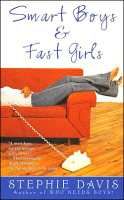



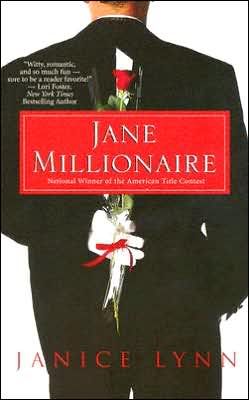

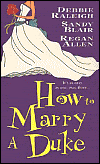
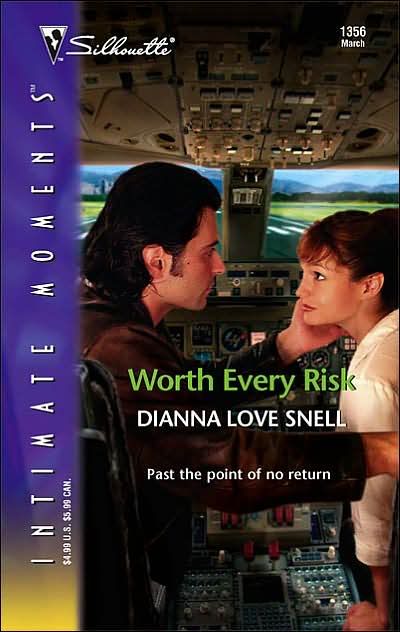

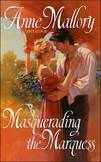
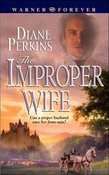
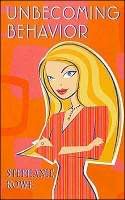
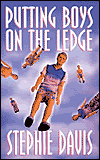

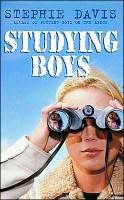
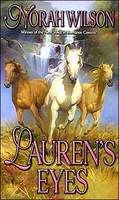
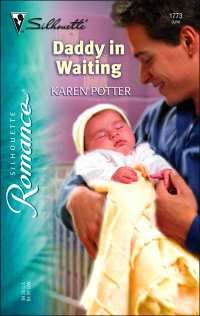
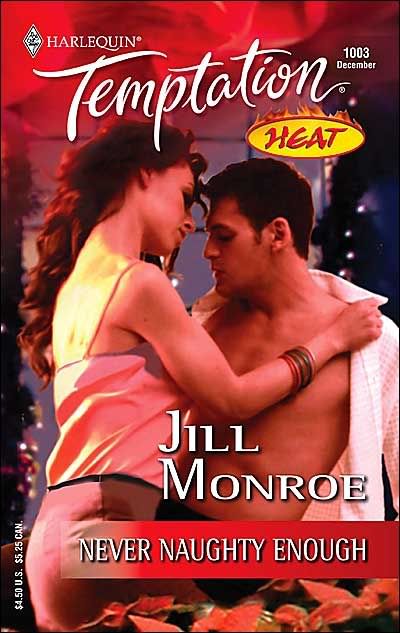





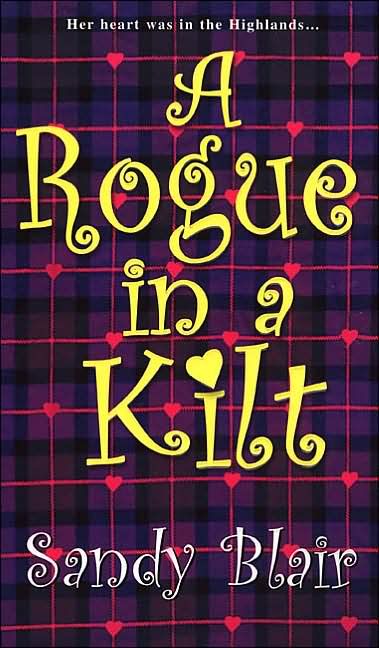
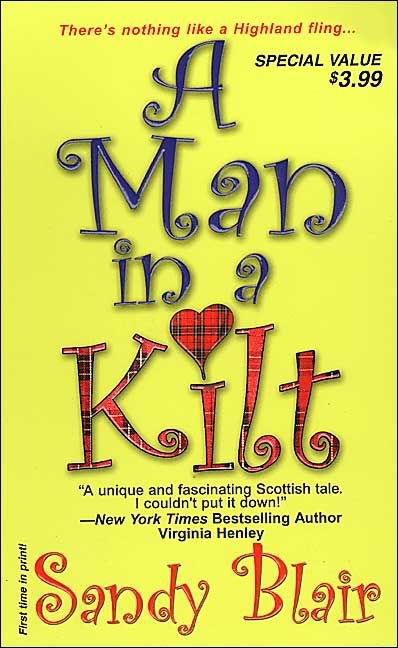
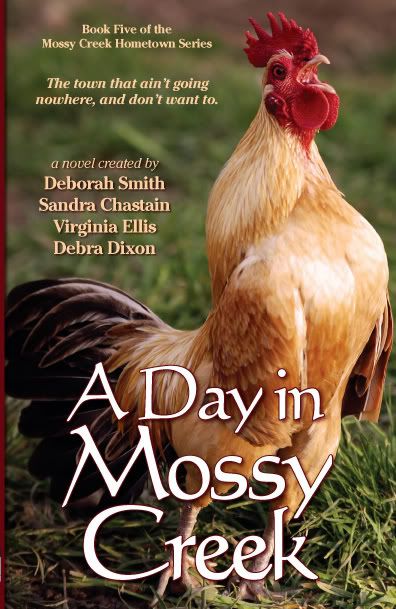

9 Comments:
Great post, Diane.
It DOES make sense to me, but I had to read through a few times and then make my own chart. It's work! I can't start out with these concepts and then craft a story, but I like having the story done and going back to "plug in" the key points, to see if I have missed anything.
Looking forward to visiting your site after work! :)
That's how I do it, too, Gillian. Or use it when I'm stuck.
Okay, so that is doable. I am like my buddy, Gillian. I tend to write and then go back and figure out if it fits or works. However, a number of comments from judges and critiquers about my story needing more conflict prodded me to discover a few things about Marcus and Addy that I think will definitely give them dimension and conflict within themselves.
Great, Diane. This does make sense. The best books are when the hero/heroine think they want one thing and discover by the end that's not what they wanted at all. That's not what they need or who they are.
I think I need to work on having main characters SEE beneath the other's identity...see their true essence. Yeah, that's good.
Okay, now need to check my just FINISHED wip (yay!) and see if I've done that!
It looks like there are a lot of 'after the facters' in here. Add me to the list. I definitely have conflict in mind as I write, but only in the broadest of terms when I start. The nuances come later, and I find the story only 'works' when the conflicts lead to growth and change. The character wants something, but it's not what she really wants, only what she thinks she wants.
Deb Dixon's GMC workshops are another great approach to this theme.
One more thing, Diane. Do you have any examples from your own books where your hero or heroine knows the essence beneath the identity. The more examples the better for me! If not, that's okay, too! :)
Terry, I totally agree with you about Debra Dixon's GMC! Her ideas are really the ones I think of first.
Theresa, in The Wagering Widow, Emily first sees Guy's essence when she witnesses him being attentive to his aunts. Then when he starts gambling and avoiding her (because he thinks he is a cad who tricked her into marriage)she is seeing his identity. Guy also sees Emily's worth in how she treats his family, even when his mother is unkind to her. When she becomes the Wagering Widow, he assumes she wants to get away from him.
When I think about it, my heroines and heroes always see the essence of the other. In the Vanishing Viscountess, Tanner sees Marlena's courage and dignity right from the beginning, and Marlena has known Tanner is a fine man since she'd been in her first Season.
Great post, Diane! I've been to several of his workshops. I use his plotting chart to get the basics down and spot problems if something is not working.
I've been listening to Michael's CD ROM, From Identity to Essence. It really makes you think about character arc and dig for points of conflict that will force your character to grow during the course of the story.
I was asked to take the mystery elements out of my story. There went half the conflict! Poof! I'm digging deeper into the heroine's character to find conflict. Then I'll map out the points on Michael's chart to see if I have the events in rising action.
It's always about the conflict in the scene!
Lorelle
good point, Lorelle.
and great examples Diane!
That helps a lot!
Post a Comment
<< Home
Subscribe to Post Comments [Atom]